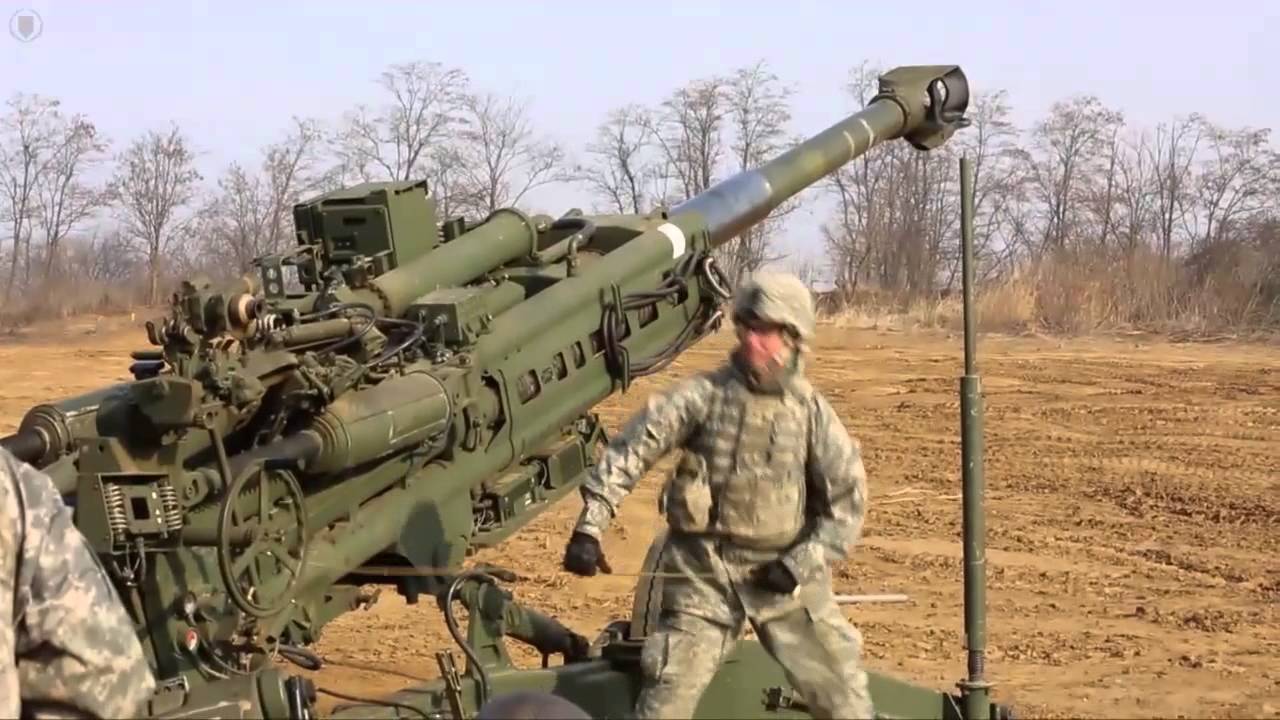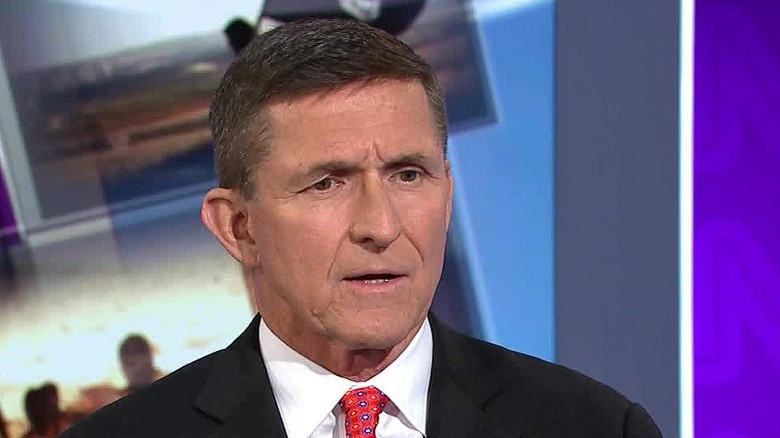EPA sets strict and unattainable emissions standards for heavy-duty trucks and buses to “combat climate change”
04/02/2024 / By Laura Harris

The Environmental Protection Agency (EPA) has recently set stringent emissions standards for heavy-duty trucks, buses and other large vehicles to “combat climate change.”
The new rules, set to take effect for vehicles made in model years 2027 through 2032, apply to commercial vehicles like cement mixers, garbage trucks, RVs, ambulances and school buses. Under these guidelines, a substantial portion of long-haul trucks and medium-sized trucks, such as landscaping vehicles and box trucks, must transition to non-polluting alternatives by 2032. Specifically, 25 percent of long-haul trucks and 40 percent of medium-size trucks should be non-polluting within the next decade. (Related: New, aggressive EPA emissions restrictions for gas-powered cars could force them to be phased out by 2032.)
Manufacturers are already planning different strategies to meet these cleaner standards, with options ranging from using zero-emission batteries to hydrogen fuel cells.
With that, the EPA projects that the limits will eliminate a staggering one billion tons of greenhouse gas emissions, thereby bolstering public health and mitigating the impacts of climate change. The regulations are expected to yield $13 billion in net benefits, including reduced hospital visits, fewer lost work days and a decrease in fatalities associated with air pollution-related illnesses.
“Heavy-duty vehicles are essential for moving goods and services throughout our country, keeping our economy moving. They’re also significant contributors to pollution from the transportation sector – emissions that are fueling climate change and creating poor air quality in too many American communities,” said EPA Administrator Michael Regan.
“Reducing emissions from our heavy-duty vehicles means cleaner air and less pollution. It means safer and more vibrant communities. It means lower fuel and maintenance costs for truck owners and operators. And it means healthier Americans,” he added.
Harold Wimmer, the CEO of the American Lung Association, supported the claims of Regan. He claims that the newly imposed emissions limits would deliver immediate health advantages, particularly in communities heavily impacted by dense truck traffic.
“Transportation is the largest source of pollution driving climate change,” he said. “These strong standards that will help drive toward a zero-emission future for trucks, buses and other heavy-duty vehicles are a critical part of the solution.”
Industry groups slam new EPA heavy-duty truck emission standards
Industry groups have voiced strong opposition to the new regulations.
“The EPA is setting unachievable emission reduction targets, this time targeting heavy-duty trucks which are responsible for an enormous portion of freight movement in the United States,” said American Energy Alliance President Thomas Pyle.
“The technology needed to electrify the trucking industry is nowhere near ready, and this rule is setting us on a collision course for supply chain disasters,” Pyle continued. “By increasing the cost of shipping with this rule, the Biden administration is once again demonstrating their lack of concern for American families who have been hit hard by inflation and the onslaught of rules and regulations that are making it increasingly difficult to do business in the United States.”
Similarly, the American Trucking Association argued that the new rules are just unattainable given the current technology and infrastructure limitations.
“The post-2030 targets remain entirely unachievable,” said CEO Chris Spear. “Any regulation that fails to account for the operational realities of trucking will set the industry and America’s supply chain up for failure.”
Meanwhile, other groups claim that the rule heavily favors zero-emission vehicles.
Todd Spencer, the president of the Independent Drivers Association representing small trucking companies, accused the Biden administration of destroying local businesses with an onslaught of impractical environmental regulations.
In a joint statement with the American Fuel and Petrochemical Manufacturers, the American Petroleum Institute, the leading lobbying group for the oil and gas industry, labeled it as another attempt to limit options for American consumers, businesses and industries.
These organizations urged Congress to overturn the rule and proclaimed their readiness to challenge it in court if necessary.
Watch this video discussing how the EPA’s new “pollution standards” for cars are a cover-up to eliminate gas-powered cars by 2032.
This video is from Son of the Republic on Brighteon.com.
More related stories:
Bumpy road ahead: Rental giant Hertz dumps electric vehicles for gas-powered counterparts.
EVs have 79% more reliability problems than gas vehicles, according to Consumer Reports.
Study finds electric vehicles pollute the environment 1,850 times more than gas-powered cars.
Sources include:
Submit a correction >>
Tagged Under:
big government, buses, carbon dioxide, climate, electric cars, electric vehicles, emissions, environment, Environmental Protection Agency, EPA, EV mandate, EVs, green living, Green New Deal, green tyranny, hybrid cars, insanity, Joe Biden, robocars, RV, trucks
This article may contain statements that reflect the opinion of the author
RECENT NEWS & ARTICLES
SupplyChainWarning.com is a fact-based public education website published by SupplyChainWarning.com Features, LLC.
All content copyright © 2021 by SupplyChainWarning.com Features, LLC.
Contact Us with Tips or Corrections
All trademarks, registered trademarks and servicemarks mentioned on this site are the property of their respective owners.


















